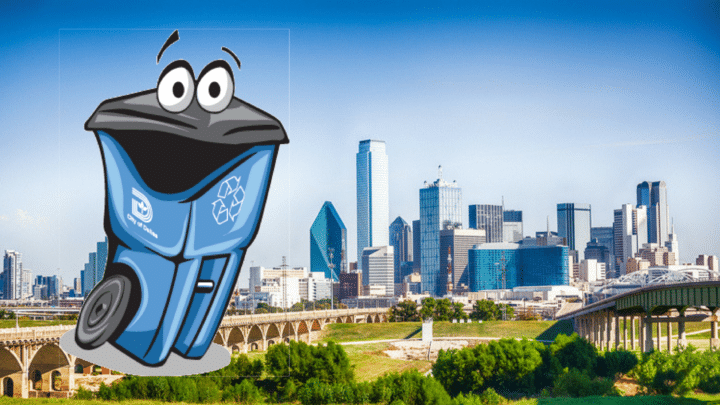Tony the Tiger. Mickey Mouse. Phillie Phanatic.
Not only do these famous mascots help sell products, but they also help grow brand awareness, and create feelings of goodwill.
As RARE points out in their guide to communications: “A costume of a mascot can be an engaging way to capture the attention of children and adults alike. Mascots can help focus attention before or during an event…”
Within the broader environmental sector, two of the most famous mascots are Woodsy the Owl and Smokey the Bear. These mascots are memorable and support important messaging.
It’s no wonder that municipal waste management departments utilize mascots. Municipalities want to raise awareness, interact with residents, and create a sense of excitement. Research indicates “adults are less likely to pollute when conservation information is presented to them by a mascot.” This is why municipalities often use mascots to support the introduction of source separate organics, or the implementation of recycling carts.
Many municipal waste management mascots are based on curbside collection bins, material types, or even machinery.
The City of Dallas has Recycle Ben and Ottawa Valley Waste Recovery Centre has Triple R Can, Curby the Green Cart, and Blue Box Betty. Halton Region has Captain Crush. The City of McAllen has PACO, a green jay.
However, Totes McGoats, the mascot for Niagara Falls, has been met with some criticism due to its appearance.
Most successful mascots have larger heads in proportion to the rest of their body. The thought is these proportions mimic the body shape of babies, which helps make the mascot appear non-threatening. This explains why children and adults are comfortable hugging Chuck E. Cheese — who, when you stop to think about it — is a large rat.
Municipalities use their mascots in a variety of communication and outreach settings.
Some mascots appear only on printed or web-based materials. Others are made into mascot costumes, and worn at educational presentations, community events and parades. Check out this great resource with information about “mascot acting techniques.”
Mascot costumes can be quite expensive, so be sure to plan where and when you’ll be able to wear the mascot costume in public. Halton Region had a contest to name their mascots.
If you conduct resident surveys, ask if residents know what the mascot is. It’s rewarding to learn the “recall” rate of your residents. Use this survey information to determine if you need to increase the exposure of your mascot.
Mascots are a great way to support your waste diversion communications.
Who knows? Maybe your mascot is the next Mr. Met!





